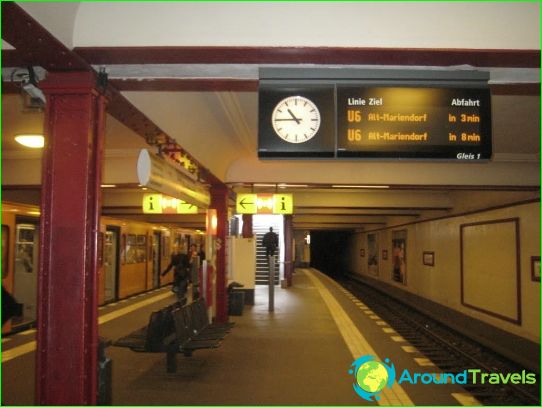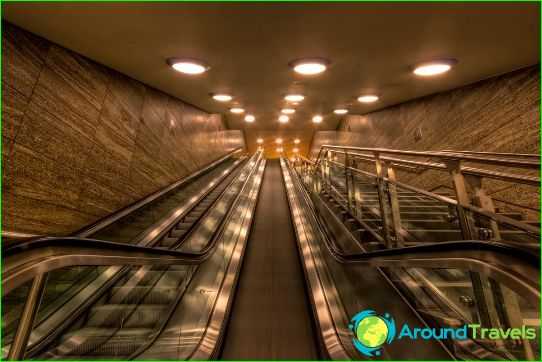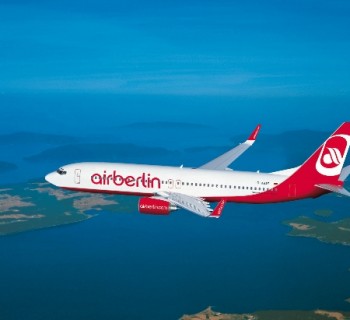Berlin metro: map, photo, description

Berlin metro map
Berlin's underground, known as the U-Bahn, together with the S-Bahn network of Berlin commuter trains, is the city's main public transport.
Berlin's first metro line was opened in 1902. At the end of his life, Werner von Siemens, a famous German scientist-engineer, founder of Siemens, took part in its development. The underground project has been discussed since 1880, and the construction itself began in 1896. By 1930, the total length of the tracks was 76 kilometers..
During the war, metro stations were used as bomb shelters. And after the war, the development of the metro stopped. In 1961, after the division of Berlin, the metro stations in East Berlin and the S-Bahn were closed.
After the unification of Germany in 1989, new changes awaited the Berlin metro: closed stations were opened, some lines were expanded and renamed. Currently, the Berlin metro consists of 9 lines and 173 stations. Most of the tracks are underground.
Berlin metro opening hours
The Berlin underground is open from 4:30 to 00:30. The frequency of trains runs from 2 to 5 during the day. All lines except U4 and U55. work at night on Fridays, Saturdays and holidays with an interval of 15 minutes.
Tariffication of travel in the Berlin metro is zone-specific. The entire network is divided into three zones: A, B and C. Zone A is the center of Berlin, covered by S-Bahn routes. Zone B - the periphery of the central part of the city. Zone C - outside the city with lines to nearby towns, including Potsdam and Oranienburg, and to the airport.
Entrance to the station is free, but most tickets require composting to travel, which can only be done at stations, not inside trains. Control is carried out inside trains, fine - 40 euros.
Tickets for the Berlin metro, as well as for all types of public transport, are available at many automated and non-automated points. Unlike most other metro systems, Berlin metro tickets are not checked before entering, but must be punched at metro stations. On train routes, there are random checks by plainclothes inspectors. The penalty for travel without a ticket is 20 times the fare. Travel for children under 6 years old, disabled people and their attendants is free. Discount travel for children from 6 to 14 years old. For tourists, a WelcomeCard and CityTourCard are offered, valid for 48 or 72 hours, with the opportunity to visit most of the museums and attractions of Berlin.
The Berlin metro was one of the first subways to offer access to mobile communications. At large crossings between stations, there are small cafes, kiosks and bank branches.
Berlin metro pictures
-
Berlin metro map
-
-
-
-
-
-








